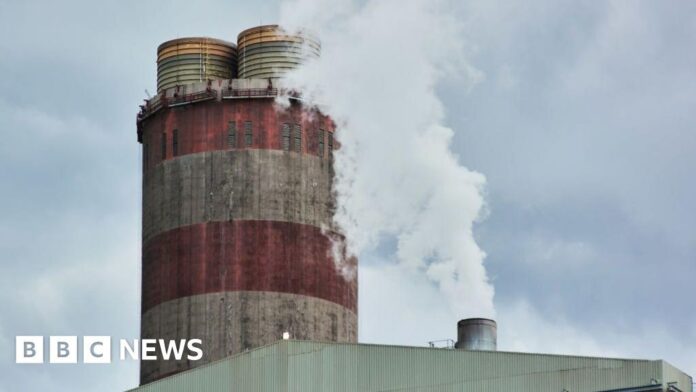The global burn of fossil fuels is poised to release a record amount of heat-trapping carbon dioxide this year, highlighting the urgent need for faster climate action as world leaders gather in Brazil for the UN’s COP30 climate summit. While projections show emissions rising again to an estimated 38.1 billion tonnes of CO2 from fossil fuels and cement – a 1.1% increase compared to last year – this growth is significantly slower than in previous decades thanks to the rapid expansion of renewable energy sources.
This mixed picture underscores both the challenges and opportunities in tackling climate change. While emissions are increasing, the rate of increase has dramatically slowed, dropping to 0.3% annually over the past decade compared to a much faster 1.9% per year in the previous decade. This deceleration is largely attributed to the explosive growth of renewables, particularly solar power, which has begun to reshape the energy landscape.
Renewables Outpace Demand
Analysis by Ember, a clean energy think tank, reveals a groundbreaking trend: fossil fuel use for electricity generation has stabilized this year, even as global demand for electricity surged. This marks the first time since the COVID-19 pandemic that electricity production hasn’t been driven by economic downturns. Instead, record growth in solar and wind power have met the increased demand, effectively decoupling energy production from fossil fuels.
“We’ve had decades and centuries where fossil fuels were the only way to grow our economy,” says Nicolas Fulghum, senior data analyst at Ember. “Over the last decade, that has changed for the first time.” The impact of this shift is particularly significant because electricity generation is the world’s largest emitting sector and will play an even bigger role in the energy system as electric vehicles, heat pumps, and other technologies become more widespread.
Ember predicts a permanent decline in fossil fuel-based electricity production could begin within a few years. This aligns with projections from the International Energy Agency (IEA), which indicates that global carbon emissions from all energy sources – beyond just electricity – might peak in the next few years based on current national policies.
A Potential Peak, But Warming Continues
While a peaking of emissions would be a monumental step forward in combating climate change, it wouldn’t eliminate warming altogether. CO2 released today will continue to trap heat for centuries. To halt further global temperature rises, we must reach net-zero emissions – meaning removing as much carbon from the atmosphere as we emit.
However, even with this potential turning point on the horizon, current policy commitments are not nearly sufficient to meet the goals of the Paris Agreement. Analysis released alongside COP30 by Climate Action Tracker predicts global warming could still reach a dangerous 2.6 degrees Celsius above pre-industrial levels by century’s end based on existing pledges.
“The chance is there… to build on the momentum of technology changes going on globally,” said Dr. Bill Hare, from the Climate Action Tracker team. “But at the same time, things could go really badly… We could walk away from this COP without taking the right kind of action, and entrench fossil gas and oil, pushing us towards 2.5C or 3C warming for sure.”
COP30 is a crucial moment to bridge this gap between the potential offered by renewable energy and the reality of insufficient policy ambition. World leaders must translate pledges into concrete actions to accelerate the transition away from fossil fuels and ensure a livable future.







































































